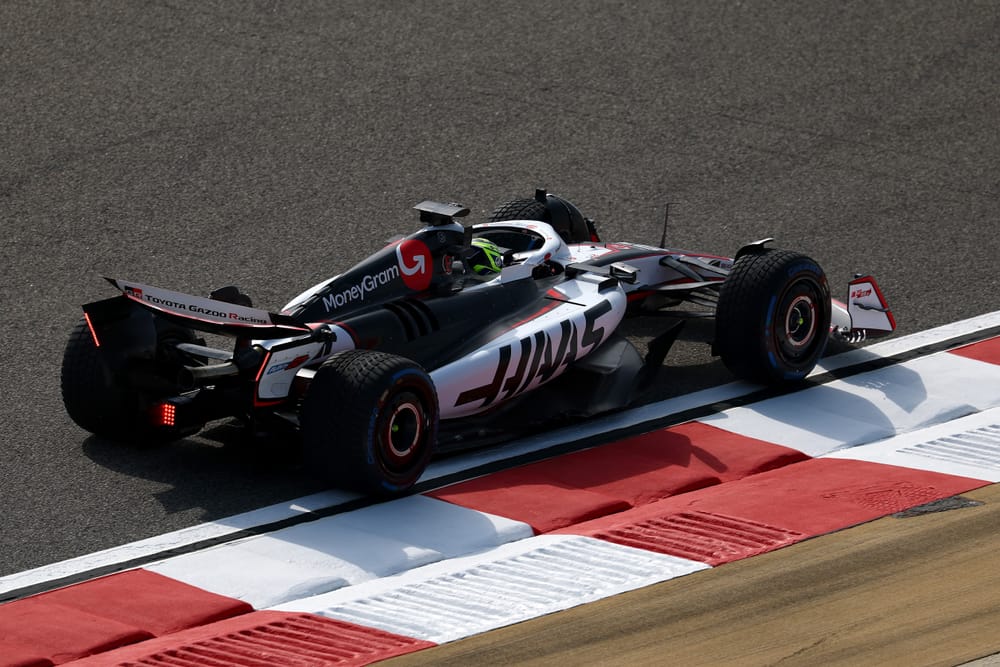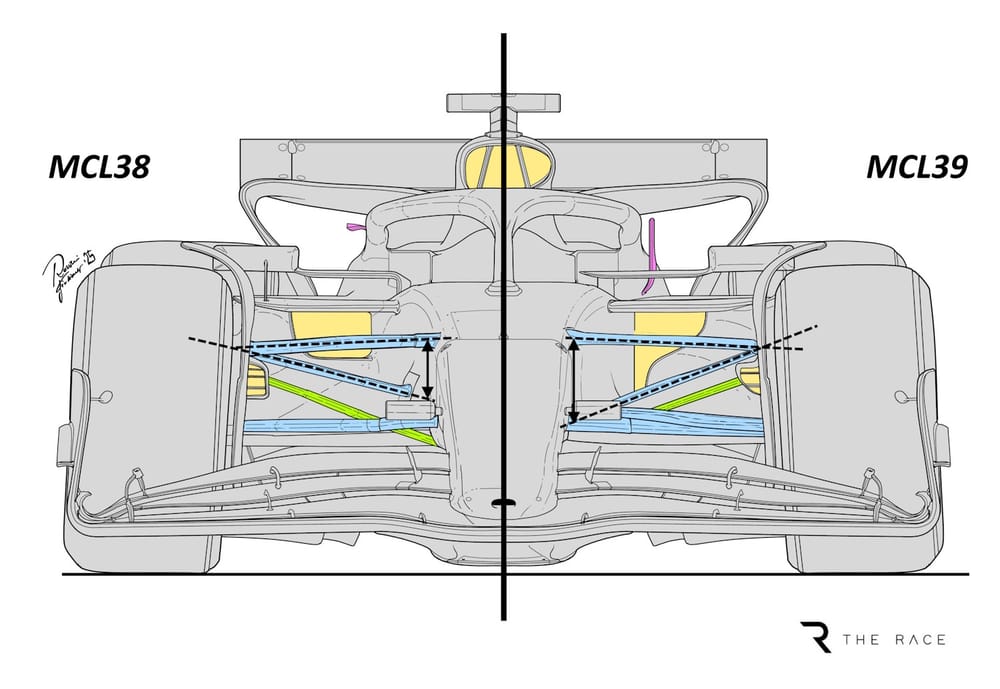A final few real cars have been kept secret as long as possible but the start of Formula 1 testing means there will be no place for anyone to hide.
The first proper on-track running of F1 2025 kicks off with the sole pre-season test in Bahrain running three days from Wednesday February 26 to Friday February 28.
The final year of this set of F1 rules could be one of the closest we’ve ever seen and there’s a lot to look out for at testing both on the track and off it.
To help guide you through the next few days, here are 10 things we will be looking out for in Bahrain, so you should too.
What Red Bull's been hiding
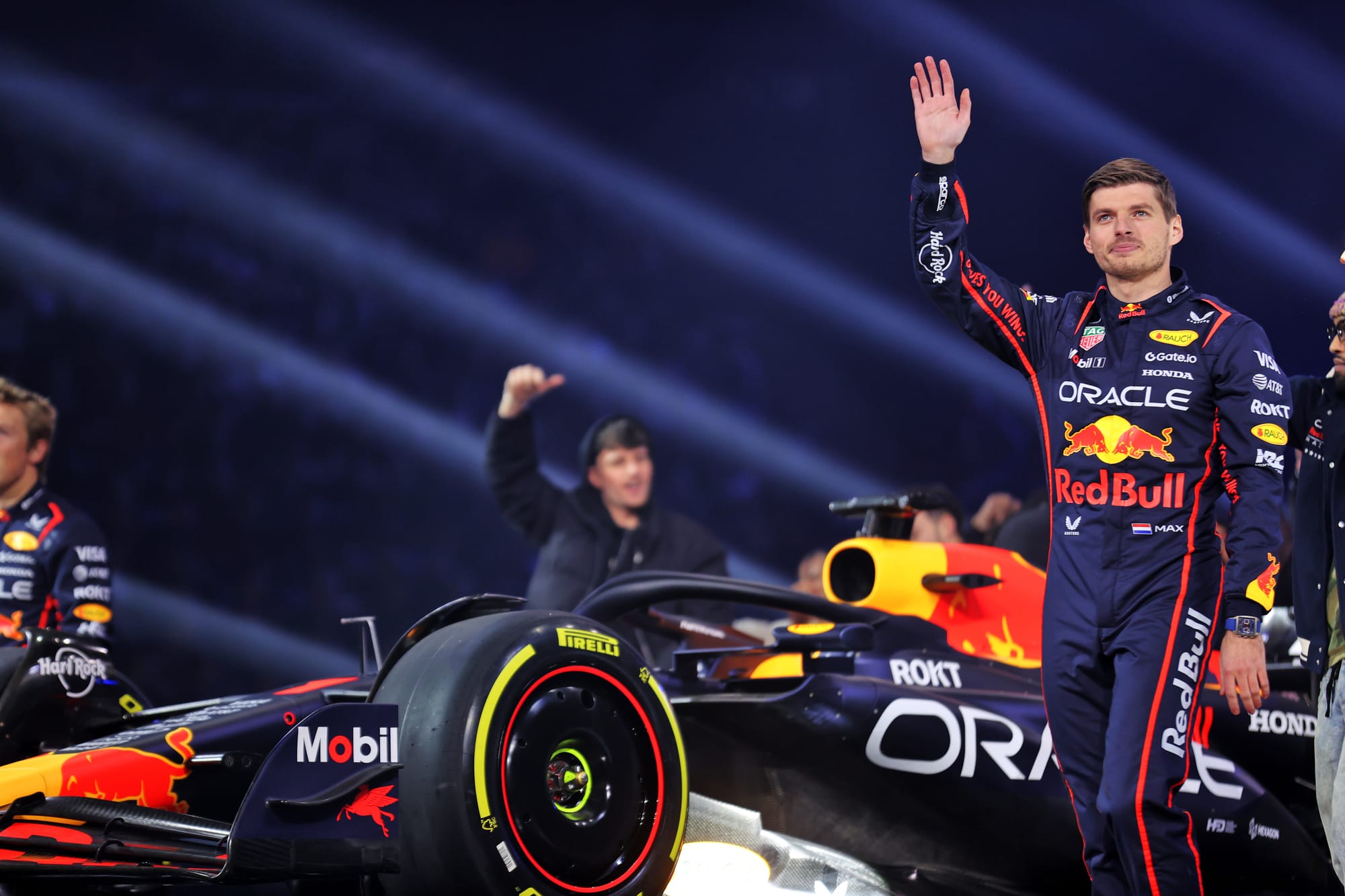
There are still quite a few cars yet to be unveiled, making Bahrain the first place we will see them on track.
For some this will come before testing itself. Aston Martin revealed its car digitally on Sunday ahead of a shakedown in Bahrain on Monday, with Mercedes doing the same just 24 hours later.
But we also believe Red Bull will shake down its 2025 car on Tuesday, like Mercedes. And Red Bull traditionally doesn’t rush to put out any imagery.
So it may be that day one of testing is the first real chance we get to see exactly what Red Bull’s done to combat its late 2024 struggles.
There’s a lot riding on this car after Max Verstappen got the title over the line a few months ago, so it's probably the biggest remaining unknown in pre-season.
Who actually looks good?
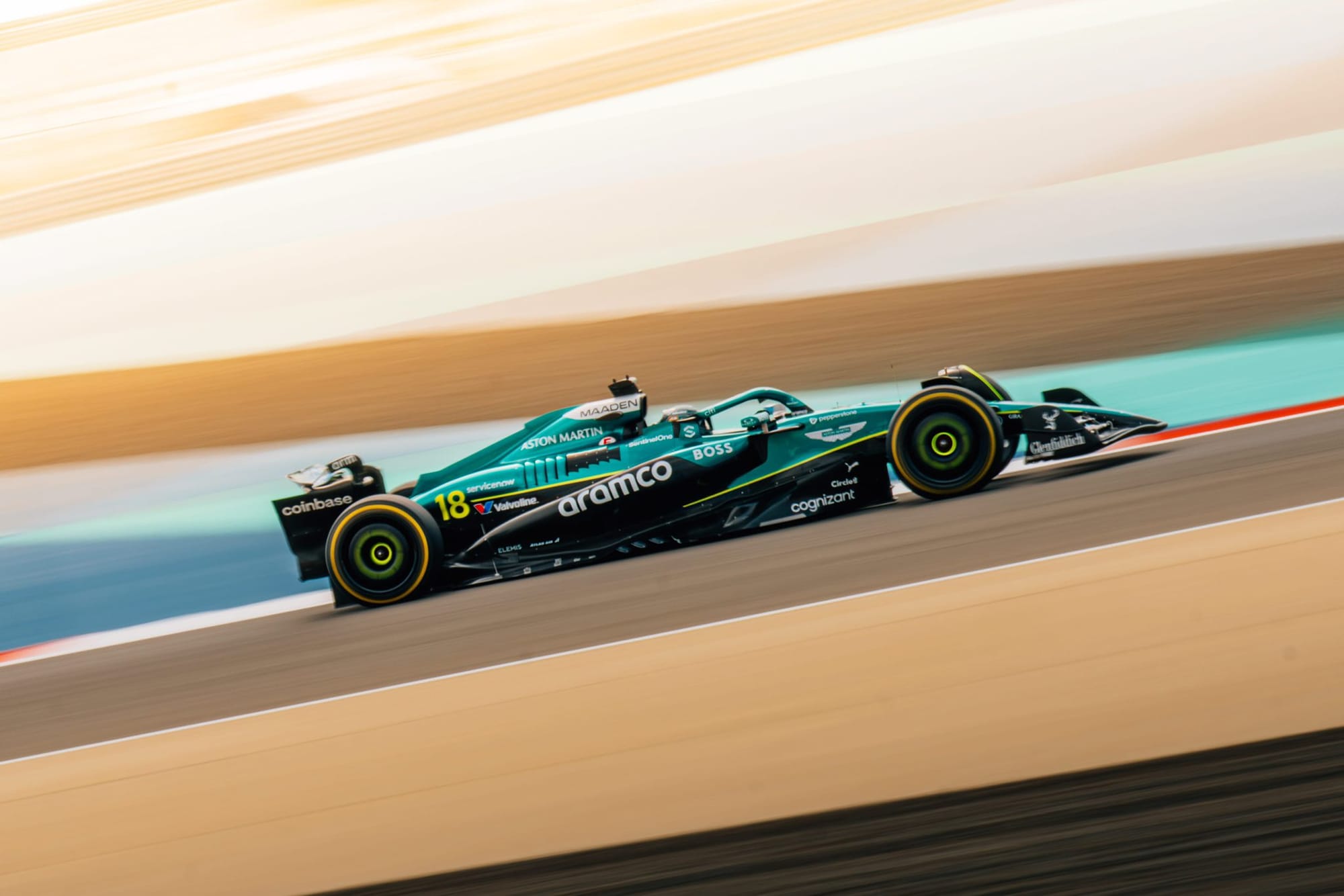
Don’t listen to the inevitable claims at testing that it's just testing and it's irrelevant - everybody including the teams, drivers and us will be trying to draw conclusions where they can.
And we know that drivers learn very early on whether there are some evils in their cars or not. As Mercedes driver George Russell put it last week: "Within five laps you know if you’re in for a good season or not."
It’s true that the testing laptimes will be largely irrelevant unless legitimate comparisons are actually possible, which can happen.
But comparing laptimes always comes with a host of caveats like fuel loads, engine modes, tyre compounds and how much the drivers are pushing, plus variables like track conditions and time of days.
That's why we won't be paying too much attention to the leaderboard at the end of day one or even day three.
Get exclusive extra content straight from F1 testing in The Race Members' Club on Patreon - join now for 90% off your first month
We need to go deeper than that, which is why we always blend a mix of long-run analysis, trackside impressions and information we get directly from the teams to form a rough idea of who actually looks good.
Linked to this, there’s a great amount of excitement for F1 this year in terms of the fight between the top teams and also how close the whole grid will be.
McLaren, Ferrari, Red Bull and Mercedes all know there's an opportunity for any one of them to win races in 2025. Exactly how often and whether they are all championship contenders we'll only find out in time.
How is Hamilton getting on at Ferrari
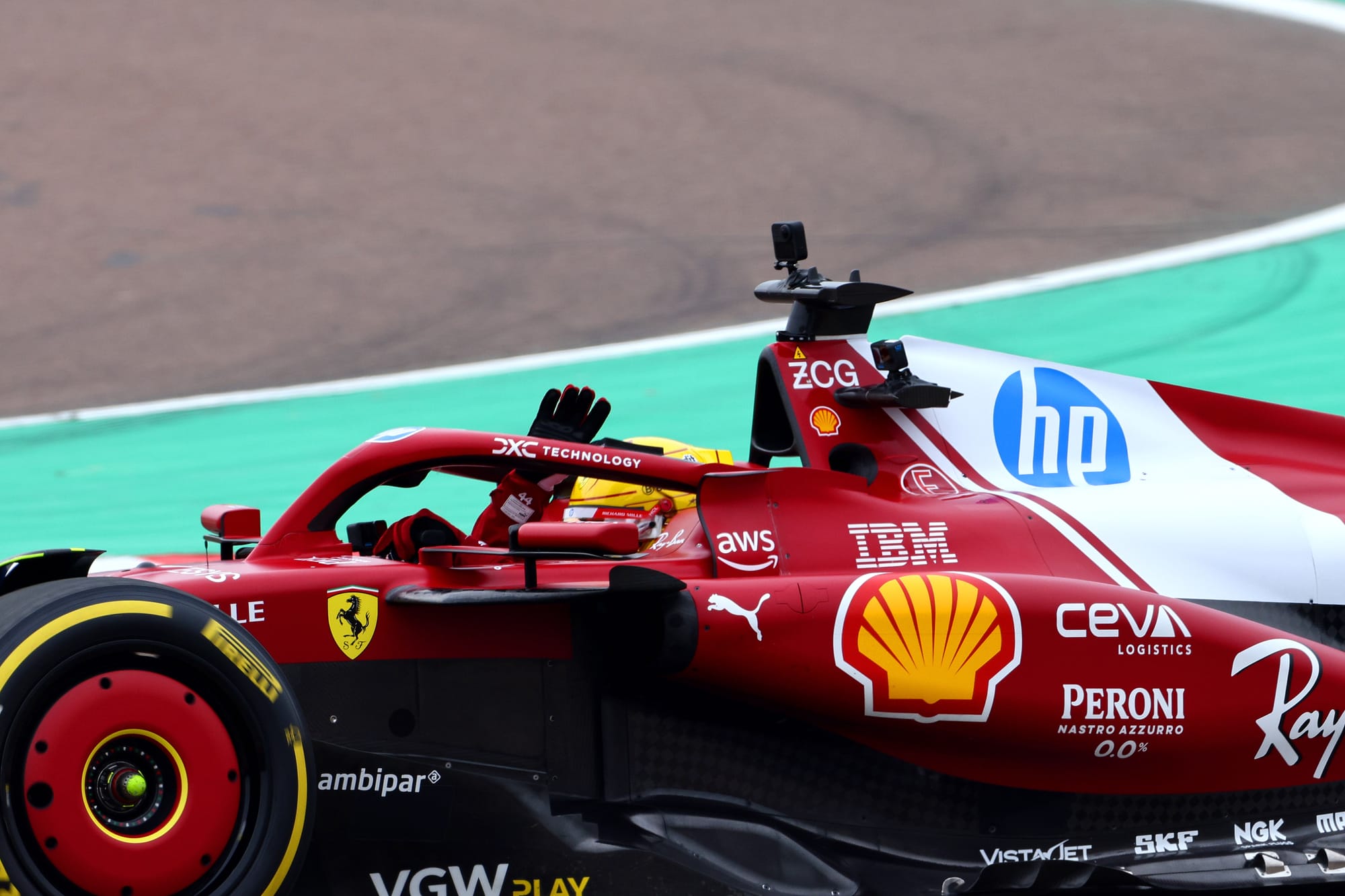
The biggest driver story of testing is an obvious one - how Lewis Hamilton is getting on at Ferrari - but we will be looking at some specifics.
Hamilton is confident he will not have a carryover of his specific issues from Mercedes, having driven three different Ferraris already with private tests in 2023 and 2024 machinery plus the 2025 car shakedown.
But he has talked about a steep learning curve - to the point of admitting he has extra respect for Fernando Alonso and Sebastian Vettel winning so early on at Ferrari after experiencing the extent of the difference first-hand.
Hamilton says he is doing everything he can to be ready for the first race, and the test will offer the first reference for how that’s going.
This’ll be more than just a laptime comparison with Charles Leclerc or where he ends up on the leaderboard because he and Leclerc will be sharing the car and running at different times of the day.
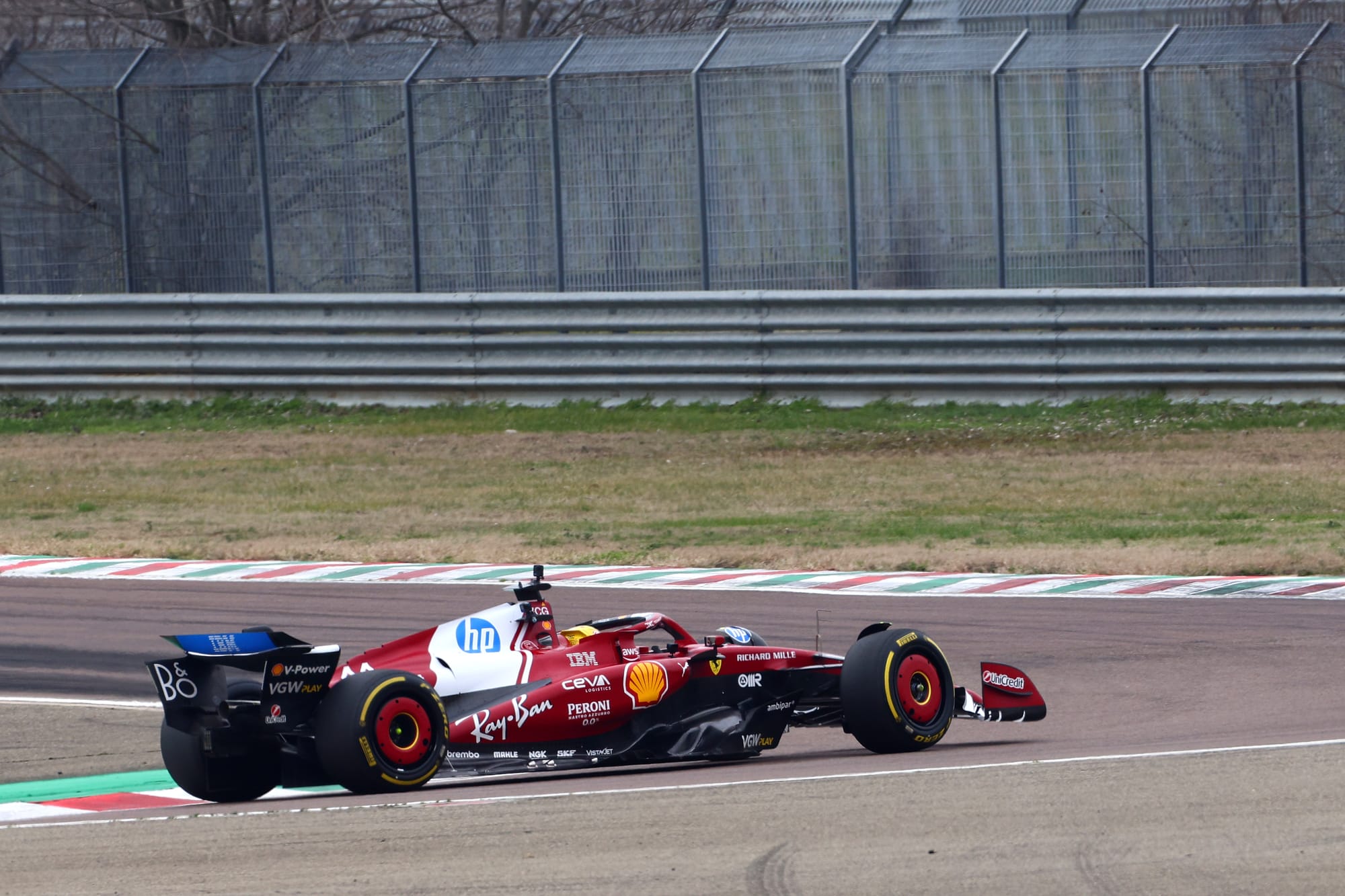
We’ll be going trackside looking at the car’s body language on track and how on the limit Hamilton looks, and the bit that’s hardest for teams to disguise in the data is long-run performance, which should give a reference for Ferrari versus the other teams even with the aforementioned caveats applied. There may be something to glean from Hamilton’s and the team’s comments out of the car too.
It’s not just Hamilton adapting to a top team of course. All of the above will also be applicable to his successor Kimi Antonelli at Mercedes, given there is so much hype around his rookie season, and also Liam Lawson at Red Bull.
This will be Lawson’s first public on-track work at Red Bull as Verstappen’s team-mate, and while his inexperience means it should only get better from here if he’s given time, we will get the first indication of the level he’s starting at and how big a job he really has on his hands.
Will aggressive approaches be undone?
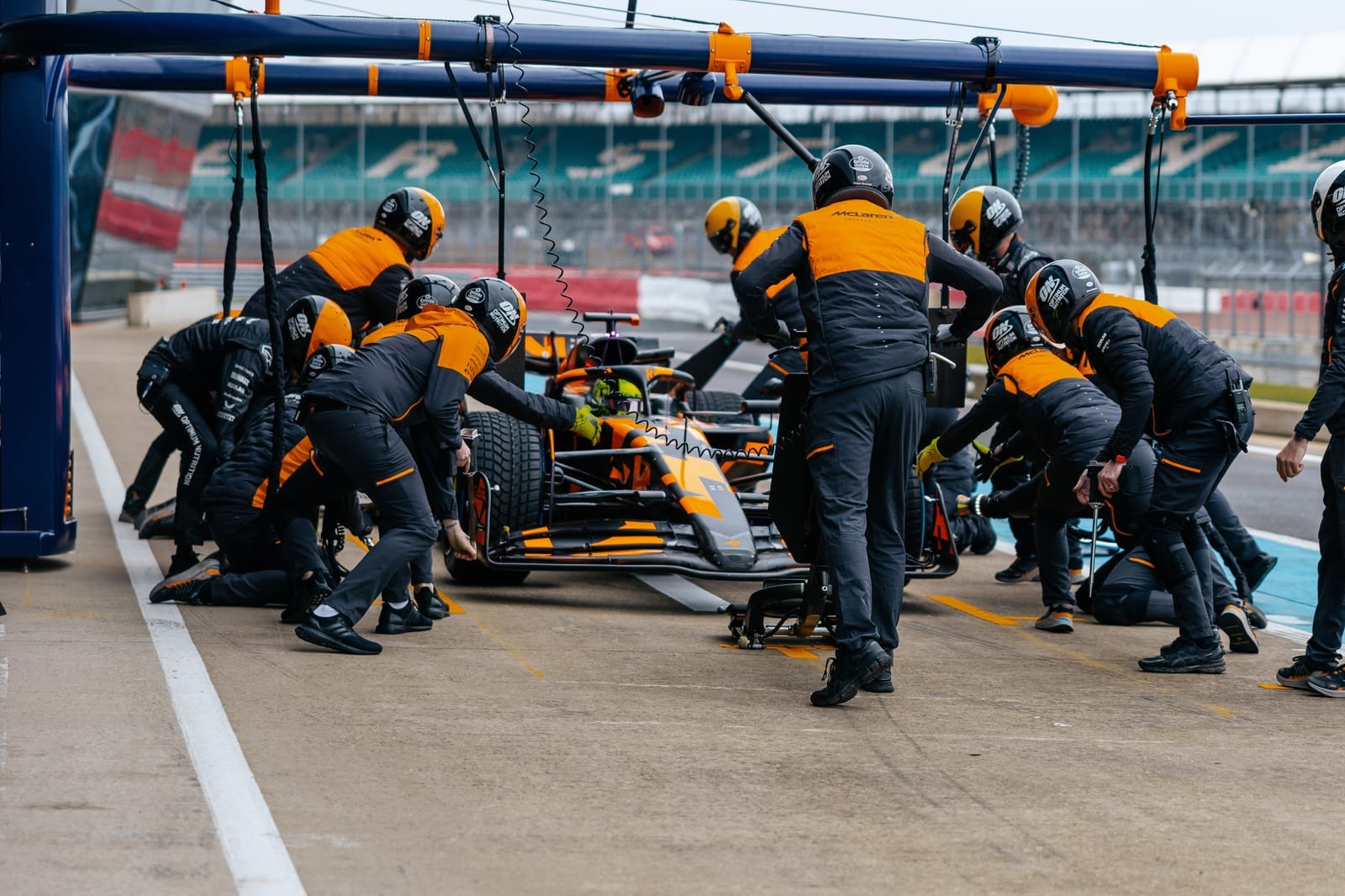
This is the last year of the current rules cycle and every team wants to spend as much time and money this year working on the big 2026 rules change that’s just around the corner - which means a lot of cars are very similar carry-overs from 2024.
But not all of them. And testing will give us the first idea of whether any aggressive approaches have been undone.
One example at the front is McLaren, which looks to have gone a big step further with its anti-dive solution on the front suspension.
This is a layout change to be even stricter with how much the front of the cars dives down under braking - but if it’s gone too far, the drivers may have trouble with brake feel, and Bahrain will expose that with a couple of choice heavy braking areas.
Another example is Ferrari, which has changed geometry entirely at the front, switching from pushrod to pullrod suspension layout.
It doesn’t anticipate running the car differently to optimise this, but will that be the case? Will it take a little while to optimise the set-up, the main reason Haas has decided not to follow Ferrari’s direction and instead stick with the 2024 suspension? And will the car’s behaviour in reality correlate to expectations?
And finally, if Red Bull - or Mercedes, which has teased "significant" car changes - have gone quite far in search of a final 2025 flourish rather than just limping to the end of these regulations, will anything they have done backfire?
Will there be a team in trouble?
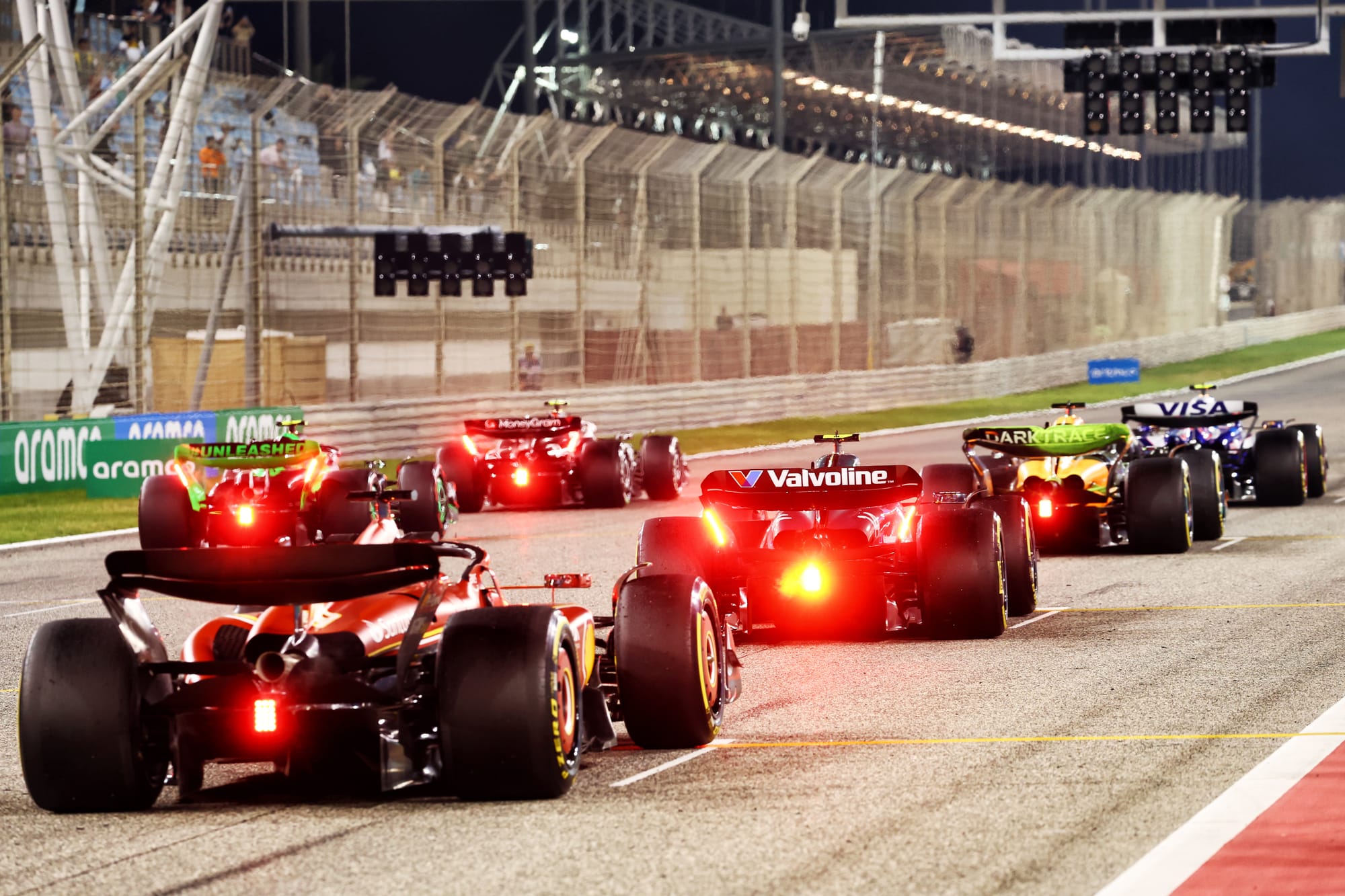
A team in trouble in testing can come in different forms.
A real crisis team needs something like Williams in 2019: slow, overweight, late to testing and illegal!
But given how competitive the grid has got in recent years, it takes a lot less for a team to find itself in trouble.
Last year we saw just how easy it is for a team to get caught out. Alpine arrived at testing with an overweight and out-of-sorts car, its technical leaders resigned before the first race, and it showed.
Williams wasn’t particularly slow 12 months ago, but it had an awful winter in terms of its preparation and car build process and the consequences of that manifested at testing and beyond.
So, what will we see this year? A team making big design changes tripping up? Anybody unprepared or out of practice costing themselves mileage? Someone obviously in trouble in terms of performance?
Remember that it’s not just total mileage, it’s the quality of work conducted. Last year the number for the field as a whole dropped by around a thousand miles but few had significant technical dramas - most teams just did what they felt they had to do in fewer laps.
Plus, Bahrain’s not the season opener this year so it will be interesting to see if that impacts team run plans and what they try to learn and when because unlike most winter tests they won't be going straight into a race weekend at the same circuit.
How 'Red Bull' is the Red Bull 2?
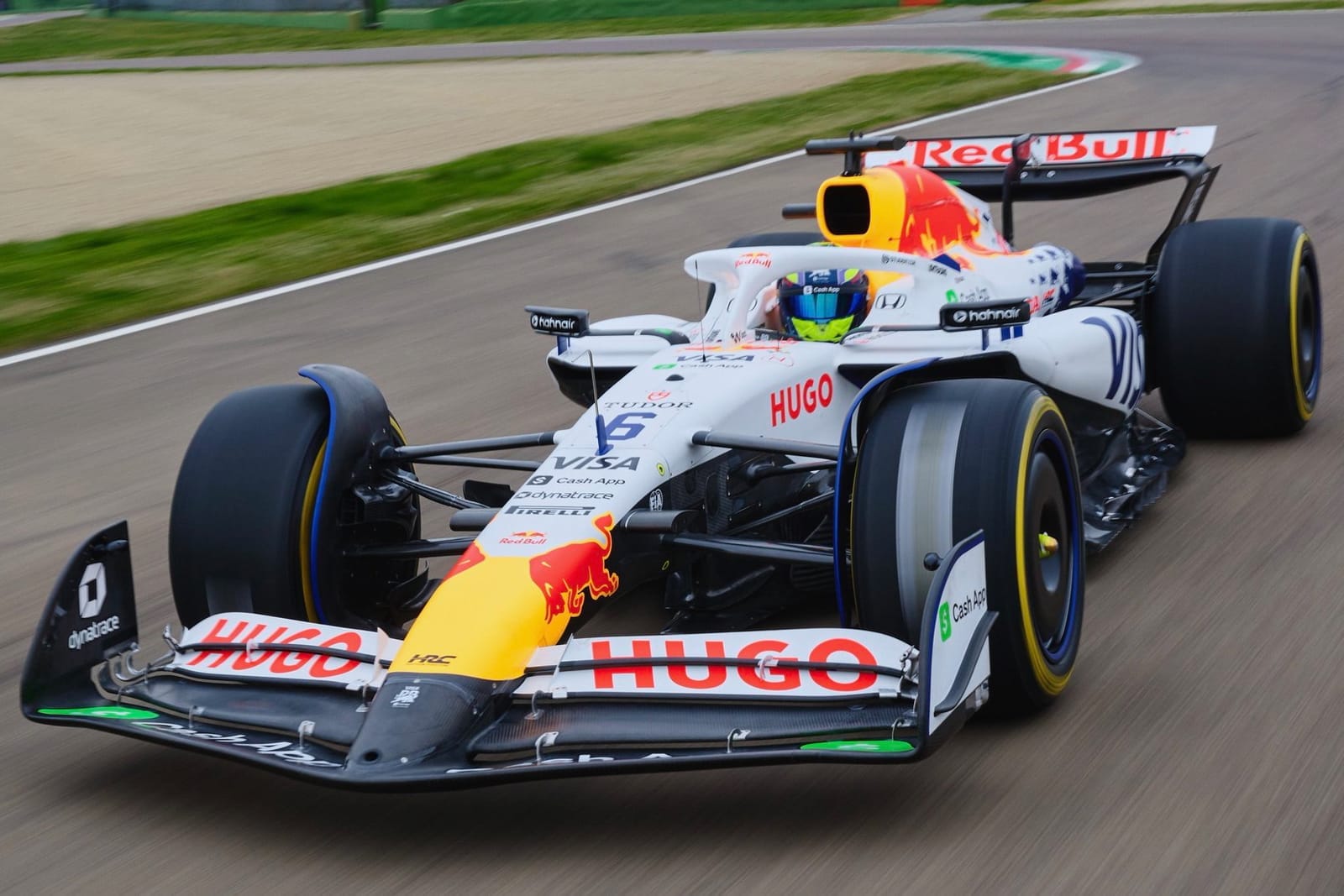
Last year we dubbed the car from the second Red Bull team the most controversial on the grid and it could get a lot of attention again this time around.
It has properly entered its 'Red Bull 2' era by starting 2025 with a second name change in two years, a move onto the main Red Bull campus, and a new livery that is beautiful but also so much 'more Red Bull' - something the team itself admits.
Racing Bulls has moved away from the initial-only RB moniker it adopted last year, and is essentially phasing out the old Minardi headquarters at Faenza in Italy to prioritise a new satellite base at Red Bull’s main Milton Keynes location, the home of Red Bull Racing and where the Red Bull F1 engine is being developed.
The question is whether or not any of this deliberate extra Red Bull synergy will translate into more on-track success. And how close to the Red Bull will this Racing Bulls car be?
At the time of writing, we’ve seen a couple of proper images of the VCARB 02 but that’s it. And there’s no Red Bull reference point.
That’ll be key to not just working out the team’s prospects but also how much it annoys rivals like McLaren, which has been so vocal on this same-owner team alliance before.
Which version of Alpine will we get?
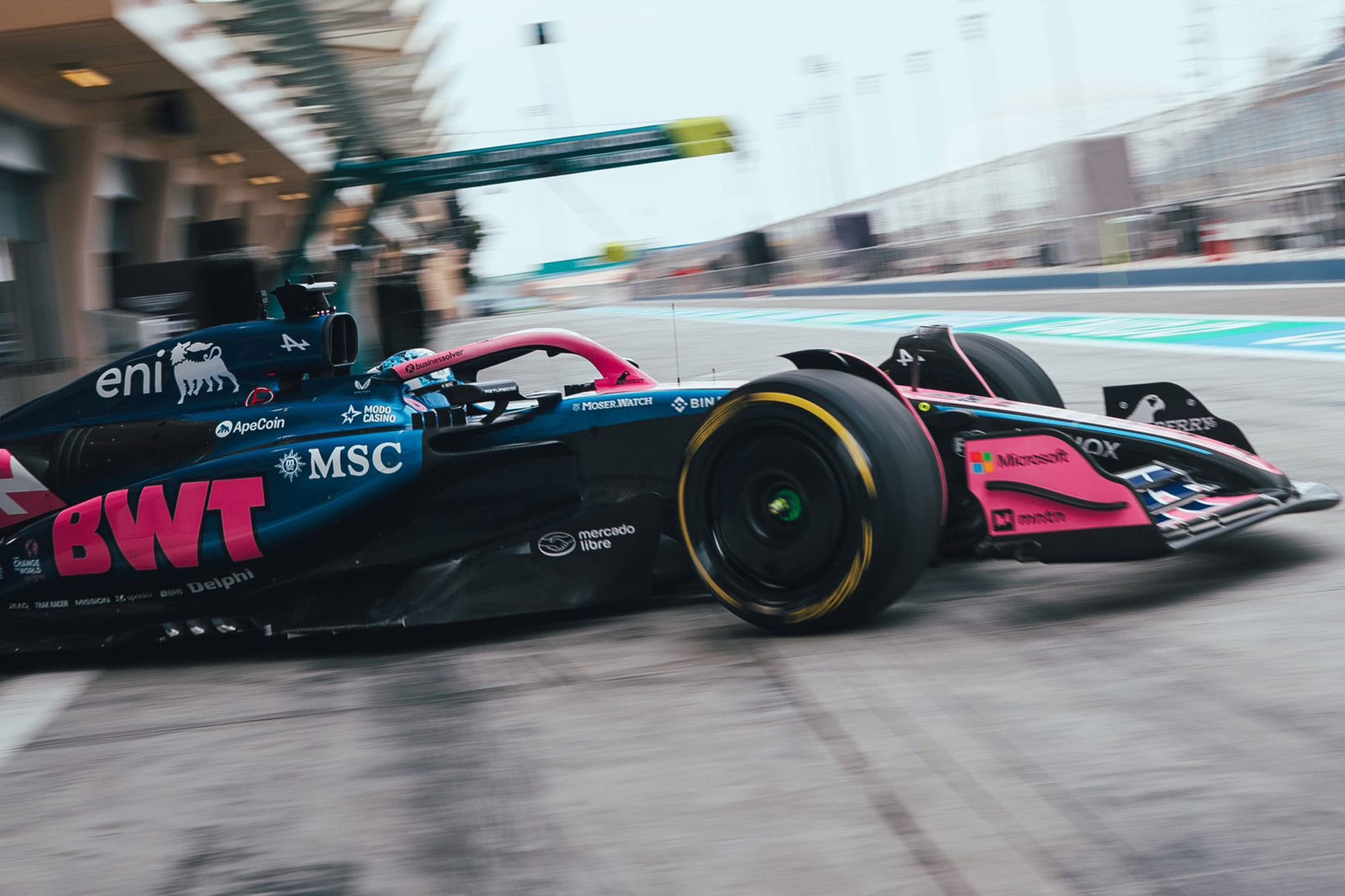
Alpine has been F1’s agent of chaos in recent years, be that through its swings in on-track performance or its various issues off it: drivers sagas, team management changes and so on.
There are signs of that already this off-season with the questions over rookie driver Jack Doohan’s future following the arrival of Franco Colapinto as test and reserve driver – a move his original employer Williams says has been made because it gives Colapinto the chance to get on the grid this year.
Renault is a company with drama in its F1 DNA, but Enstone showed again through 2024 that at its core it is a very competent racing team. And as recently as 2022 it was fourth in the championship entirely on merit – ahead of McLaren.
With this car being the first Alpine to benefit more from technical chief David Sanchez’s insight and input, testing will start to show us which version of the team we are more likely to get this year, at least at the start of the season.
Any signs of a short flexi-wing war?
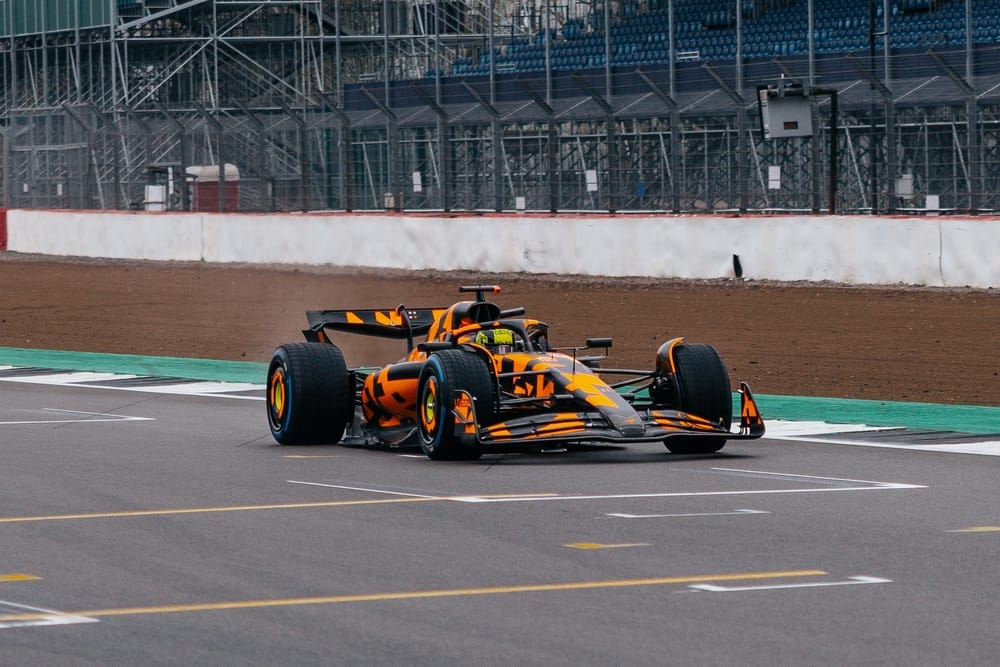
From June’s Spanish Grand Prix, tolerance for moveable front wings will be reduced by around a third.
Red Bull team boss Christian Horner has said that teams are now going to have to put some effort in two different concepts: one for the first eight races and one for the rest of the year.
Now that testing is established as a proper event with a full broadcasting circus around it, we will get a lot of images of all the cars on the long start-finish straight.
Rest assured that if there’s any sign of some wings flexing more than others, we will get some slow-motion, close-up shots of the difference.
Which means we could get an idea of whether a short flexi-wing war will break out over the opening races before things are tightened up.
The last Sauber
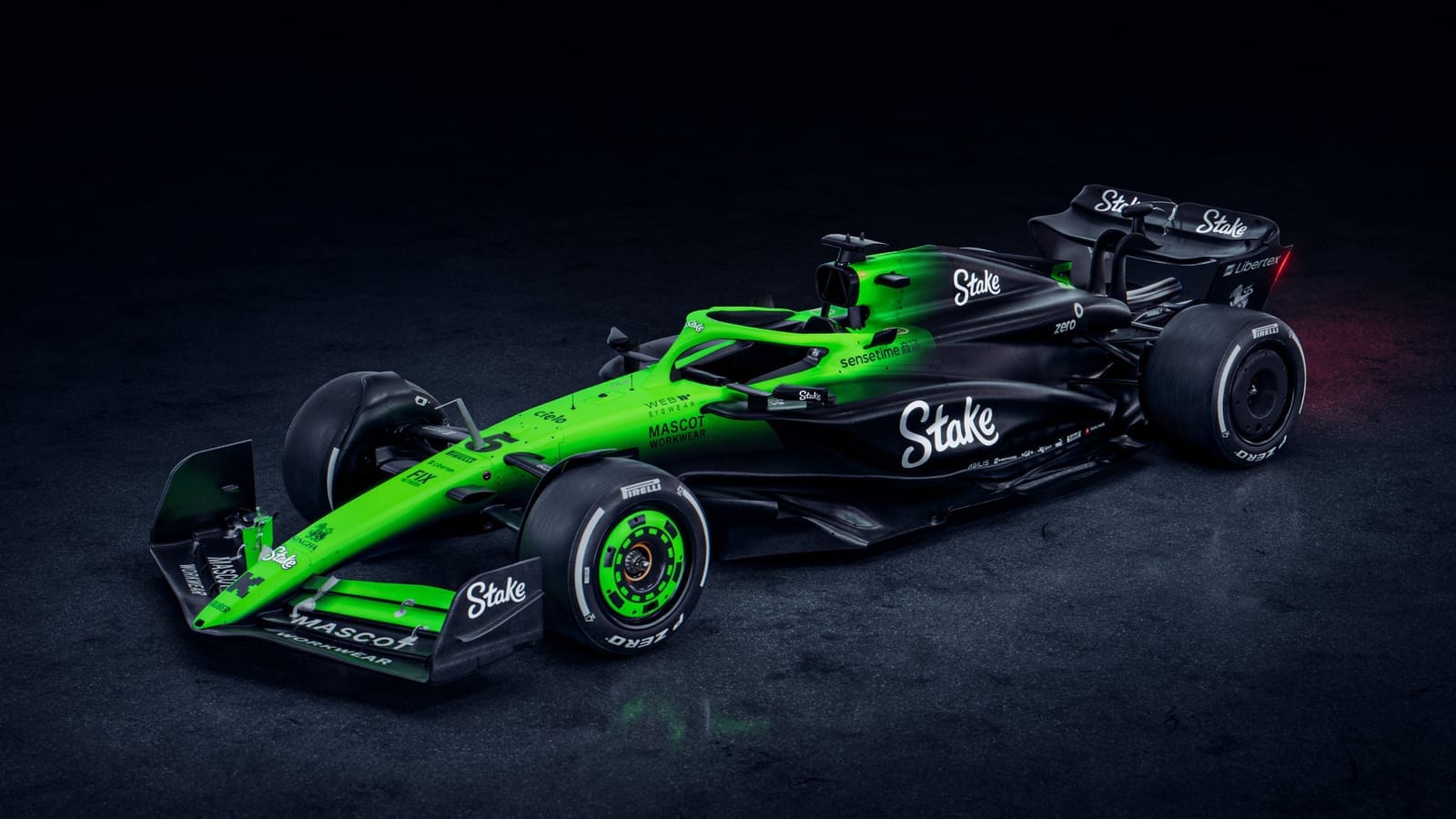
The final F1 car to be officially called a Sauber before it turns into Audi next year has so far only broken cover in limited form, and didn’t get rave reviews from our resident ex-technical director Gary Anderson when it did.
There are only limited renders of this car, which has the big task of taking a big step towards midfield respectability ahead of Sauber’s transformation in 2026.
Maybe the first renders are a little underwhelming and the real thing will be more head-turning - or maybe, low-key but sensible changes will unlock a step that’s greater than the sum of its parts.
These next few days will give us a clue. But Sauber’s been a good candidate for a low fuel, soft tyre glory run in testing in recent years, so we mustn’t be fooled if that happens again.
Are the rookies ready?
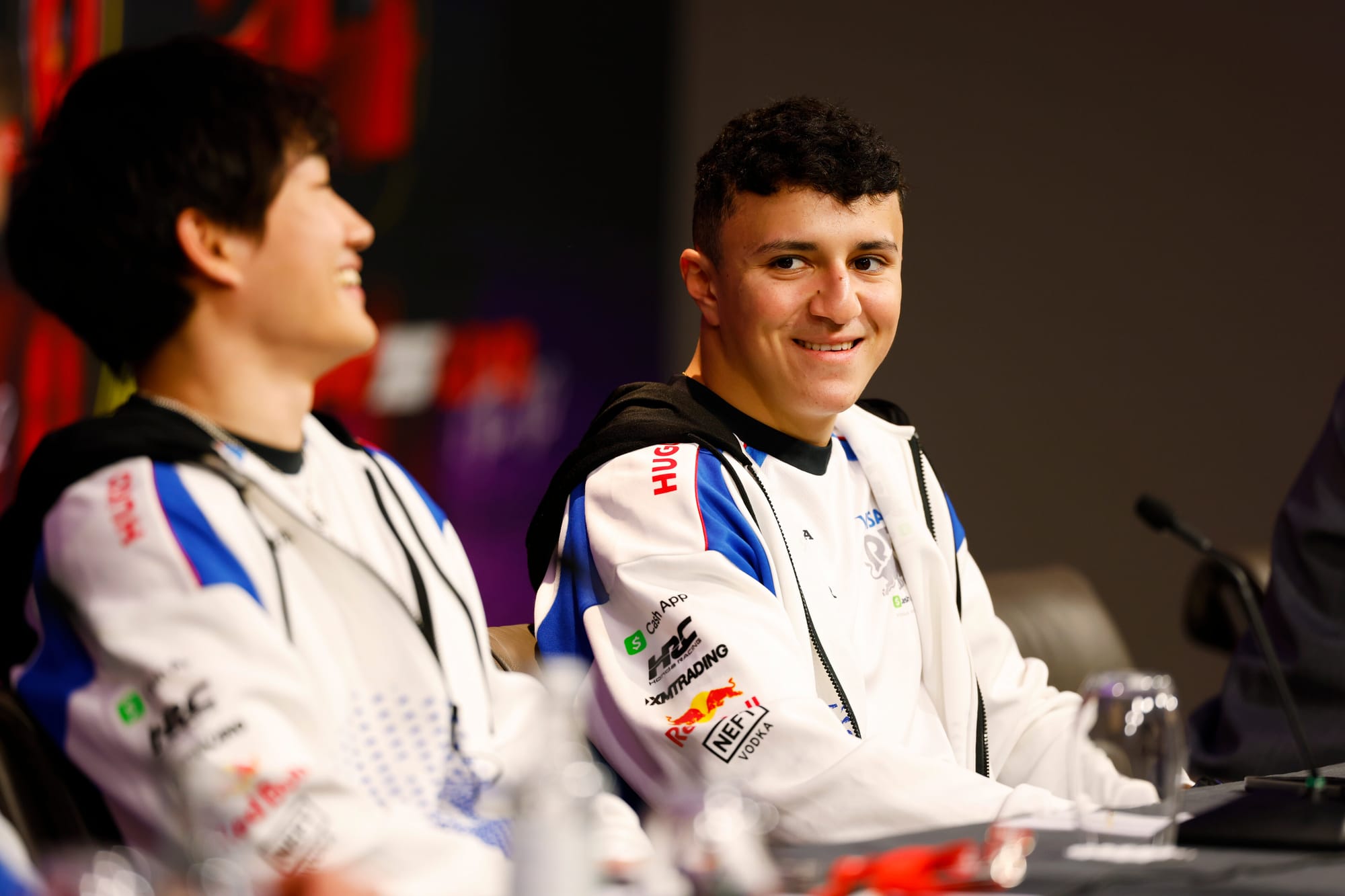
F1 has a fascinating bumper crop of rookies on the grid this year.
What we’re considering the real rookies are three-time starter Ollie Bearman at Haas, Alpine’s one-time starter Jack Doohan, and full debutants Kimi Antonelli at Mercedes, Isack Hadjar at Racing Bulls, and Gabriel Bortoleto at Sauber.
There is also Lawson at Red Bull but with two part-seasons under his belt now it’s not the same.
For the ‘real’ rookies, this test is a fairly limited exercise, but nobody’s coming in cold. Some have raced in F1 already, and Bortoleto and Hadjar have been doing private testing in older cars to get up to speed over the winter.
That’ll help, although it will still be interesting to gauge who looks most comfortable with the step up to F1, who if any are on the back foot, and if there are even any signs of anyone being ahead of more established team-mates.

